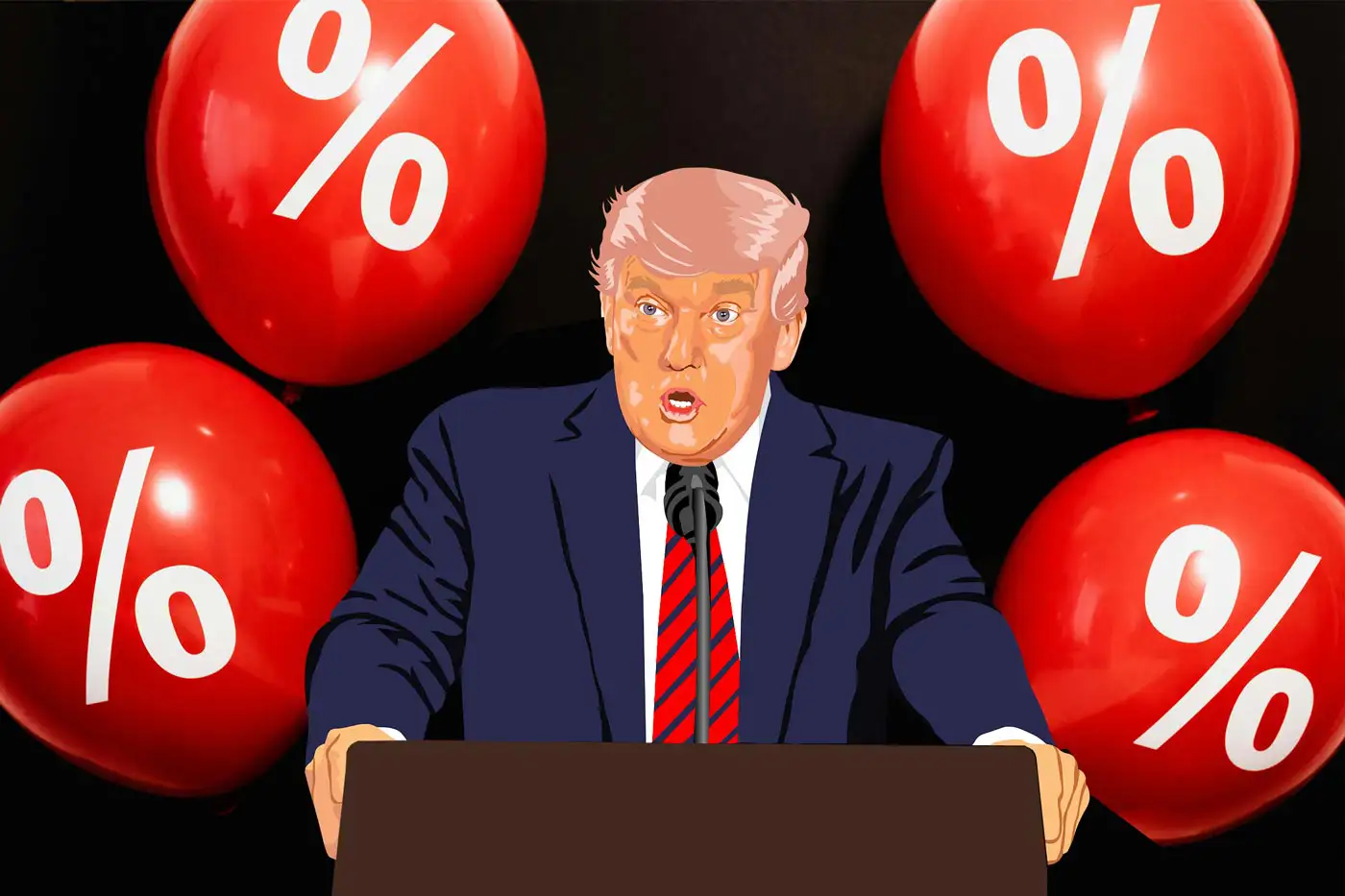A Major Trade Move with Global Effects
President Donald Trump has introduced broad new tariffs on most countries. The European Union (EU) is among those targeted, facing a 20% tariff on goods exported to the U.S. Other major economies, such as China (34%), Japan (24%), and India (26%), will also be affected.
In contrast, countries like the United Kingdom, Brazil, Australia, and Turkey will face a lower rate of 10%. Canada and Mexico remain exempt from these tariffs under the USMCA agreement.
While exporters are expected to suffer, the effects on European consumers may be different. In fact, prices for some goods may actually fall, at least in the short term.
/embehttps://truthsocial.com/@realDonaldTrump/114274175896236863
The Trade Gap Behind the Tariffs And A Surplus in Goods
The EU has long sold more goods to the U.S. than it buys. In 2023, the EU exported €503.8 billion worth of goods to the U.S. but imported only €347.2 billion, leaving a trade surplus of €156.6 billion.
In services, the EU imported €427.3 billion—mostly digital and tech services - from the U.S. and exported €318.7 billion, both combined, the EU is still ending with a total trade surplus.
Because of this imbalance, U.S. officials argue that American businesses are at a disadvantage. Trump’s new tariffs are meant to change that. But while EU companies selling to the U.S. may lose income, those goods may now remain in Europe and enter local markets.
European Shelves Could Soon Be Fuller - and Cheaper
The U.S. currently buys about 12% of all EU exports. If demand from America drops suddenly, it’s unlikely that other countries can make up the difference right away. That means unsold products may pile up and need to be sold at home or in nearby markets - often resulting in lower prices.
Additionally, goods from China, Japan, and India may now be less welcome in the U.S. market. These products could instead arrive in Europe, increasing competition and adding to local supply.
This could lower prices on a wide range of goods, especially in sectors where the EU exports heavily to the U.S., such as food, wine, clothing, and cars.
For decades, our country has been looted, pillaged, raped and plundered by nations near and far, both friend and foe alike.
Donald Trump on tariffs, April 2025
What Products Might Become Cheaper?
According to the International Trade Centre, the EU’s biggest trade surpluses with the U.S. are in vehicles (€44 billion), luxury goods like clothing and leather (€90 billion), and drinks (€8 billion). Ships and boats add another €5.4 billion.
If American buyers turn away, these goods could remain in Europe. This could mean price cuts on Italian cheese, French wine, German cars, and even medicines.
Car manufacturers may be hit hardest. They already face a 25% U.S. import tax, and a new 20% surcharge would make many European models too expensive for the American market. More cars staying in Europe could lead to discounts and promotions at local dealerships.
Early Signs: Lower Energy Prices and a Stronger Euro
Energy imports, not goods, are the main cause of inflation in the EU. In 2024, Europe imported over €700 billion worth of oil, gas, and refined fuels, resulting in a trade deficit of €346 billion.
Surprisingly, energy prices have dropped since Trump’s tariff announcement. Oil prices fell more than 3% on Thursday, and Dutch TTF gas prices - Europe’s key benchmark - dropped by 2%. This suggests that markets expect slower global trade to reduce energy demand.
The euro also gained more than 1.5% to reach $1.10, its highest level in six months. That reduces the cost of imported goods, at least for now.
While global trade tensions may harm some sectors, many European consumers could soon benefit from lower prices on goods once meant for export. If the trend continues, shopping in Europe may actually become a little more affordable. Much of it will also depend on how long Trump wants to uphold the tariffs or if he simply uses them as a bargaining chip in order to get a “better deal”.








Comments